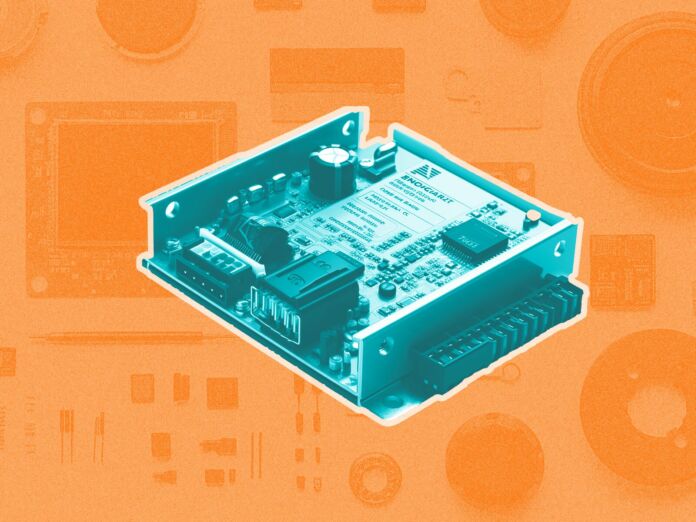
Emily Newton – September 25, 2024
Collected at: https://www.iotforall.com/7-key-considerations-for-designing-iot-hardware
The Internet of Things (IoT) is booming. As it grows, so do its customers’ demands, making IoT hardware design an increasingly complex but crucial consideration.
While the ever-rising number of niche design requirements can be daunting, the fundamentals remain the same. IoT engineers can focus on the key considerations for all devices to ensure their end product is reliable in any context. Here are seven essential elements of IoT hardware design.
Essential Elements of IoT Hardware Design
#1: Data Acquisition and Processing
All IoT devices are, at their core, means of gathering and processing data. Consequently, engineers must consider what information the gadget needs to serve its end use and how it will acquire it. This is largely a matter of choosing the right sensor for the job.
Once the device gathers data, it needs a way to process it. Local analysis is fast, but IoT-sized components often limit computing power.
The cloud is powerful but can introduce lag. Edge computing is speedier— 58 percent of edge users experience just 10 milliseconds of latency compared to 29 percent of cloud applications — but not all nearby devices are edge-capable.
The best solution for acquisition and processing depends on the end use. Designers should keep their customers in mind to find the method that best suits their needs.
#2: Data Storage
Relatedly, IoT hardware design must consider how to store data. Many devices rely on cloud servers, as they generate too much information to store locally in a small form factor. However, some on-device storage is always necessary, at least enough for the gadget’s firmware and future updates.
Storage type matters just as much as the total available space. In many cases, IoT devices should use different kinds of storage for varying purposes. Using a solid-state drive for firmware and permanent files may be best while using flash memory to hold gathered data before sending it to the cloud.
#3: Communication Protocol
Next, IoT devices need a way to send their processed data to other endpoints. This choice is rarely straightforward, as there are dozens of connectivity standards, each with unique benefits and disadvantages.
Wi-Fi, Bluetooth, and cellular are the most popular options, and most use cases can utilize one of these three. However, applications like vehicle telematics may require longer-range solutions like LPWAN. RFID may be the best if costs are a prominent concern, but data complexity and range are not.
Consumer IoT devices often benefit from multiple communication protocols. For example, providing Wi-Fi and Bluetooth connectivity accounts for various user preferences and smart home setups, improving marketability.
#4: End-Use Hazards
IoT hardware design should also take implementation-related hazards into account. Many IoT endpoints must withstand environments many electronics don’t, such as the outdoors or heavy industrial facilities.
Engineers must design their devices to remain operable despite the extreme conditions they may experience.
Physical shocks and temperature extremes are the most common of these hazards. Avoiding anything with moving parts and providing proper insulation can help with the former.
Designers can account for the latter through ventilation and heatsinks. Cable management ensures sufficient airflow to prevent overheating when there isn’t enough space for active cooling.
#5: Interoperability
Compatibility with other IoT devices is another critical design consideration, especially as IoT environments expand. An IoT endpoint that cannot connect to and work with a customer’s existing smart infrastructure won’t be useful to them.
Ensuring interoperability requires attention to two main areas. The first is to use a common communications protocol, which is why it’s often best to support multiple options. A popular standard like Wi-Fi or cellular can provide versatility if budgets or technical constraints don’t allow for more than one connection type.
The other part of IoT interoperability is using a common platform to control these devices. Once again, supporting multiple options is the best way forward. Vendor-neutral standards like Matter or Zigbee are good alternatives if that’s not possible.
#6: Energy Requirements
A device’s energy consumption is a more overlooked but important factor, particularly in commercial applications. Cost savings and efficiency boosts are among the most commonly reported benefits of the IoT, cited by 63 percent and 51 percent of organizations, respectively. IoT hardware must be as energy efficient as possible to support these end uses at scale.
At the same time, a device must ensure it has enough power to work in remote areas, operate sensors, and analyze data efficiently. Passive sensors, low-energy communications protocols and AI programming tools to boost code efficiency can help reduce these energy demands. IoT engineers can offset power consumption by integrating on-device solar panels or kinetic energy generators.
#7: Security
IoT hardware design must ensure device security. Cybersecurity has historically been a weak point for the IoT, so more onboard security features help a product stand out. Now that the FCC has formally adopted an IoT cyber labeling framework, it will become easier for buyers to recognize higher security standards, making this a more pressing concern.
Recommended security features include hardware-based encryption, secure update protocols, and multifactor authentication. Ensuring sufficient power and bandwidth for these features to sustain their efficacy is also crucial.
These Factors Should Drive IoT Hardware Design
IoT hardware design is a complex process. It’s also essential to get it right. IoT engineers must pay attention to these seven considerations to ensure their products work as they should and can compete in today’s market.
Optimizing these design concerns starts with understanding the device’s target market and expected use case. When designers know how and where people will use their IoT systems, they can create hardware that works for them.

Leave a Reply